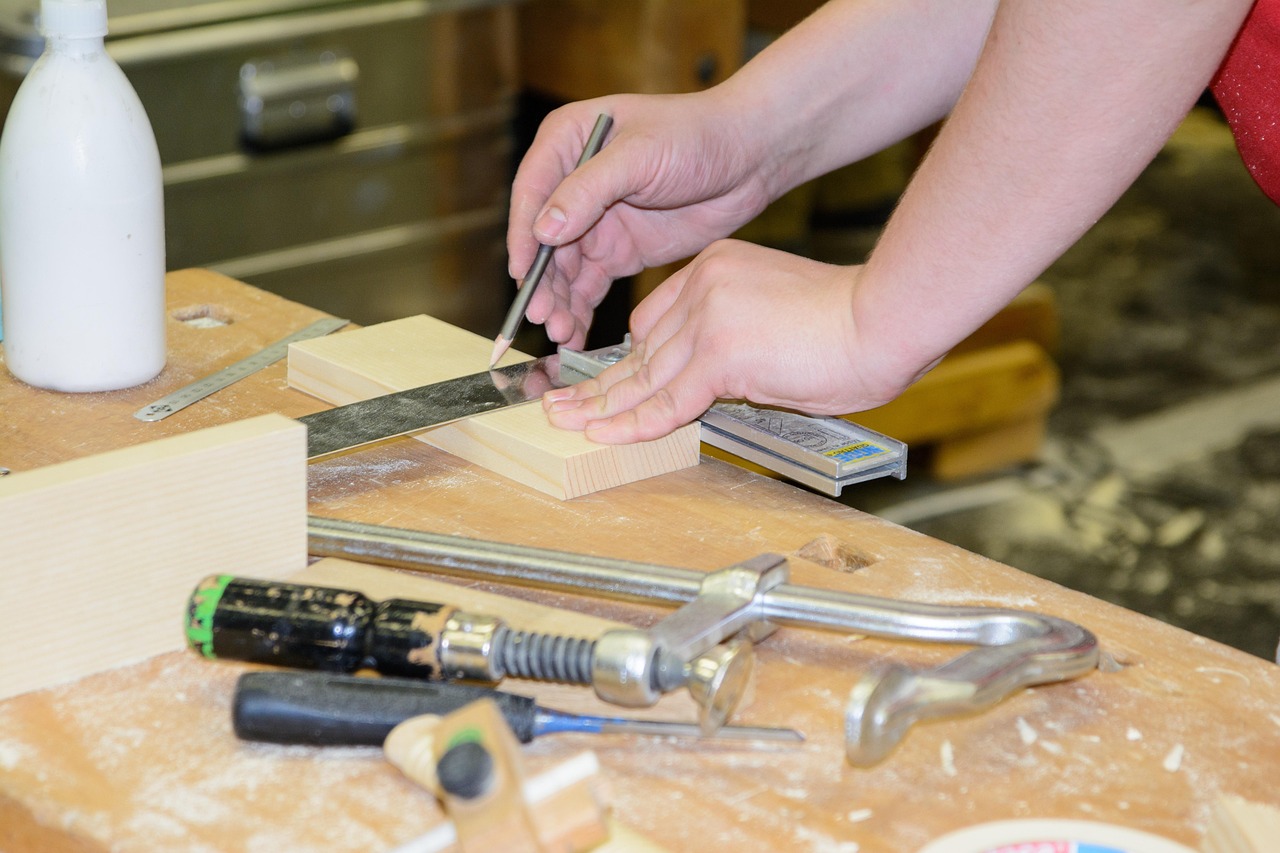Leveraging NFT Authentication in the Antiques Market

The advent of blockchain technology has introduced a paradigm shift across various industries, with Non-Fungible Tokens (NFTs) emerging as a revolutionary tool for digital ownership and provenance. While NFTs have primarily been associated with digital art and collectibles, their potential application extends to the authentication of antiques, a domain fraught with challenges of verification and provenance. This article delves into the utility of NFTs in enhancing transparency and trust in the antiques market.
The global antiques market, valued at billions of dollars, has long grappled with issues of forgery, provenance, and authenticity. Traditional methods of authentication, relying heavily on expert opinion and historical documentation, often fall short of providing conclusive evidence. This is where NFTs, underpinned by blockchain technology, can offer transformative solutions.
Understanding NFTs in the Context of Antiques
An NFT is a digital certificate of authenticity and ownership recorded on a blockchain, a decentralized and immutable ledger. Unlike cryptocurrencies such as Bitcoin, each NFT is unique and cannot be exchanged on a one-to-one basis with another NFT. This uniqueness makes NFTs an ideal tool for representing ownership and verifying the authenticity of physical assets like antiques.
The Mechanism of NFT Authentication for Antiques
Integrating NFTs into the antiques market involves several key steps:
- Digital Representation: The first step is creating a digital representation of the antique. This could involve high-resolution imaging, 3D modeling, or other forms of digital capture.
- Blockchain Registration: Once the digital representation is created, an NFT is minted on a blockchain. This NFT contains metadata detailing the antique’s characteristics, provenance, and history.
- Linking Physical and Digital: Technologies such as QR codes, RFID tags, or other secure methods can link the physical antique to its digital NFT counterpart.
- Secure Transfer and Verification: Ownership transfers are recorded on the blockchain, ensuring transparency and immutability. Potential buyers can verify the authenticity and ownership history of an antique by accessing its NFT on the blockchain.
Benefits of NFT Authentication in the Antiques Market
Utilizing NFTs for antique authentication offers multiple advantages:
- Enhanced Provenance: NFTs provide an immutable record of an antique’s history, including previous ownership and any restoration work, thereby enhancing its provenance.
- Forgery Prevention: By linking physical antiques to their digital NFTs, the risk of forgery and counterfeiting is significantly reduced.
- Increased Market Transparency: Blockchain’s transparency ensures that all stakeholders have access to the same information, thereby reducing information asymmetry.
- Efficient Transactions: The use of smart contracts can facilitate quicker and more secure transactions, reducing the need for intermediaries.
Global Context and Adoption
The integration of NFTs in the antiques market is gaining traction globally. Countries with robust antiques markets, such as the United States, the United Kingdom, and China, are exploring blockchain technologies to address longstanding challenges. Institutional support is also emerging, with auction houses and galleries beginning to recognize the potential of NFTs in ensuring authenticity and trust.
However, challenges remain in widespread adoption. Technical barriers, the need for industry standardization, and legal considerations around digital ownership and intellectual property rights continue to be significant hurdles. Nevertheless, ongoing advancements in blockchain interoperability and regulatory frameworks are paving the way for broader acceptance.
Conclusion
As the antiques market continues to evolve, integrating NFTs as a tool for authentication represents a promising development. By offering a secure, transparent, and efficient method of verifying provenance and authenticity, NFTs have the potential to transform the way antiques are bought and sold. While challenges persist, the convergence of traditional antiques and cutting-edge blockchain technology underscores a future where trust and transparency are paramount in the global market.













